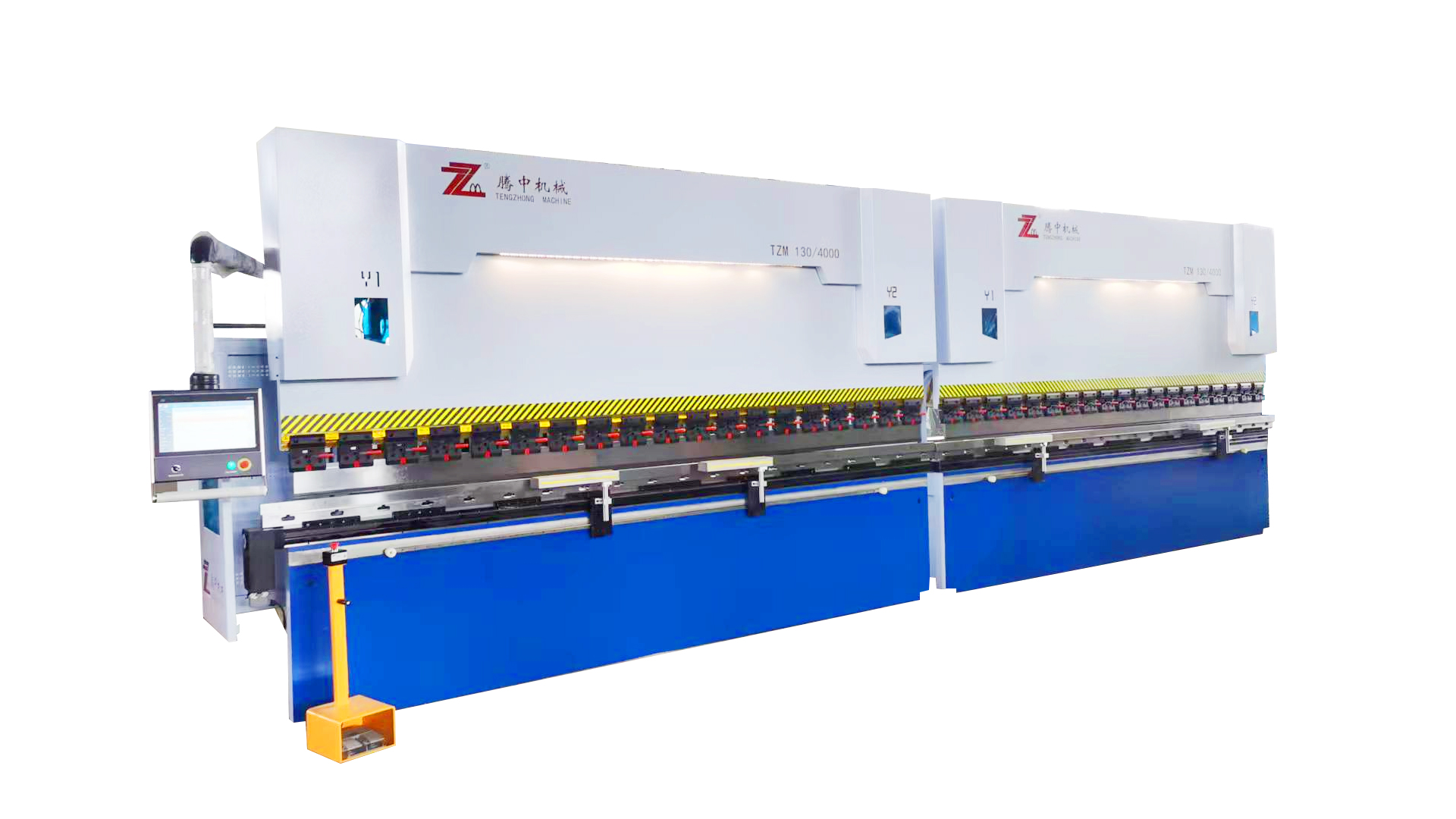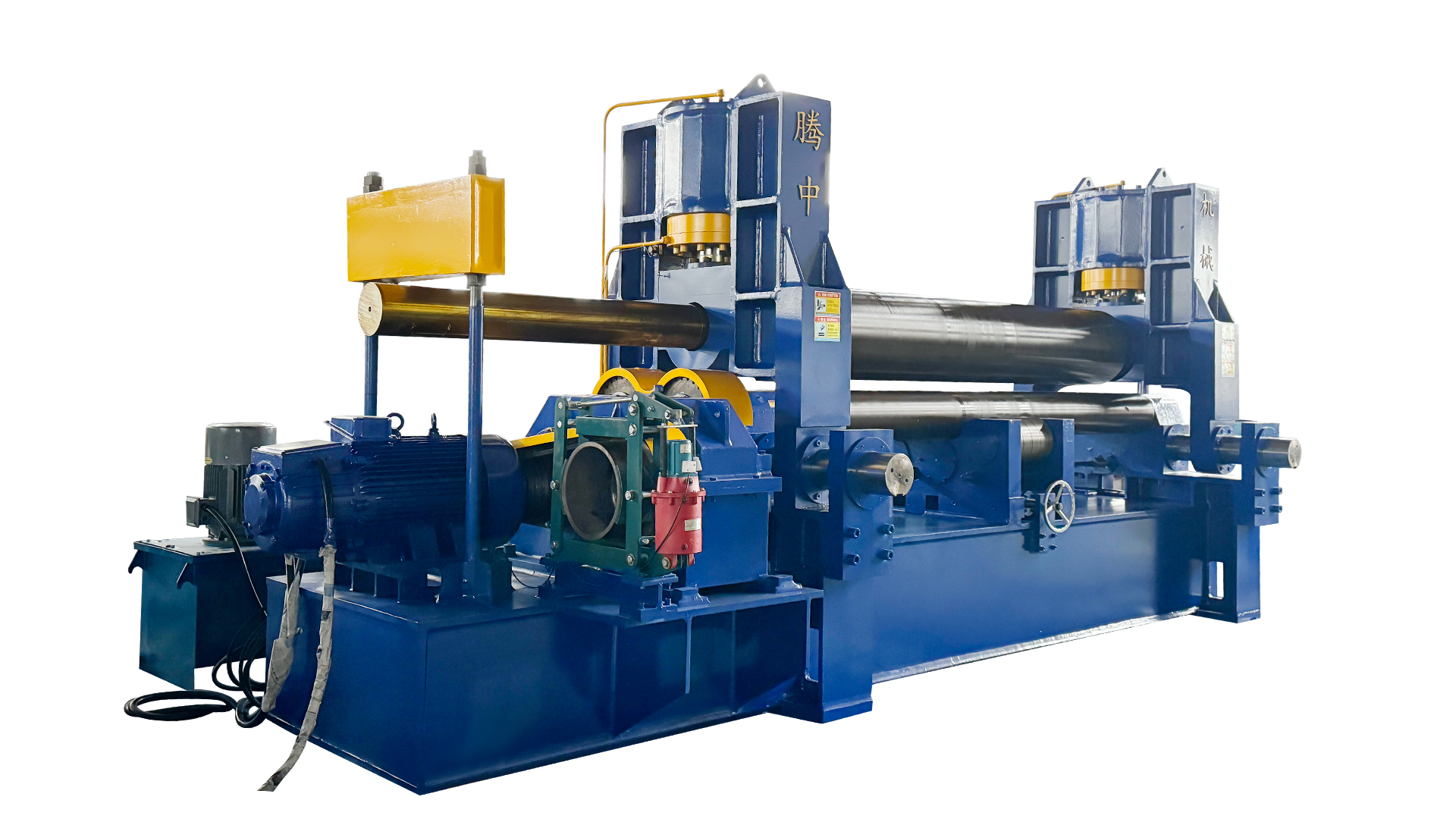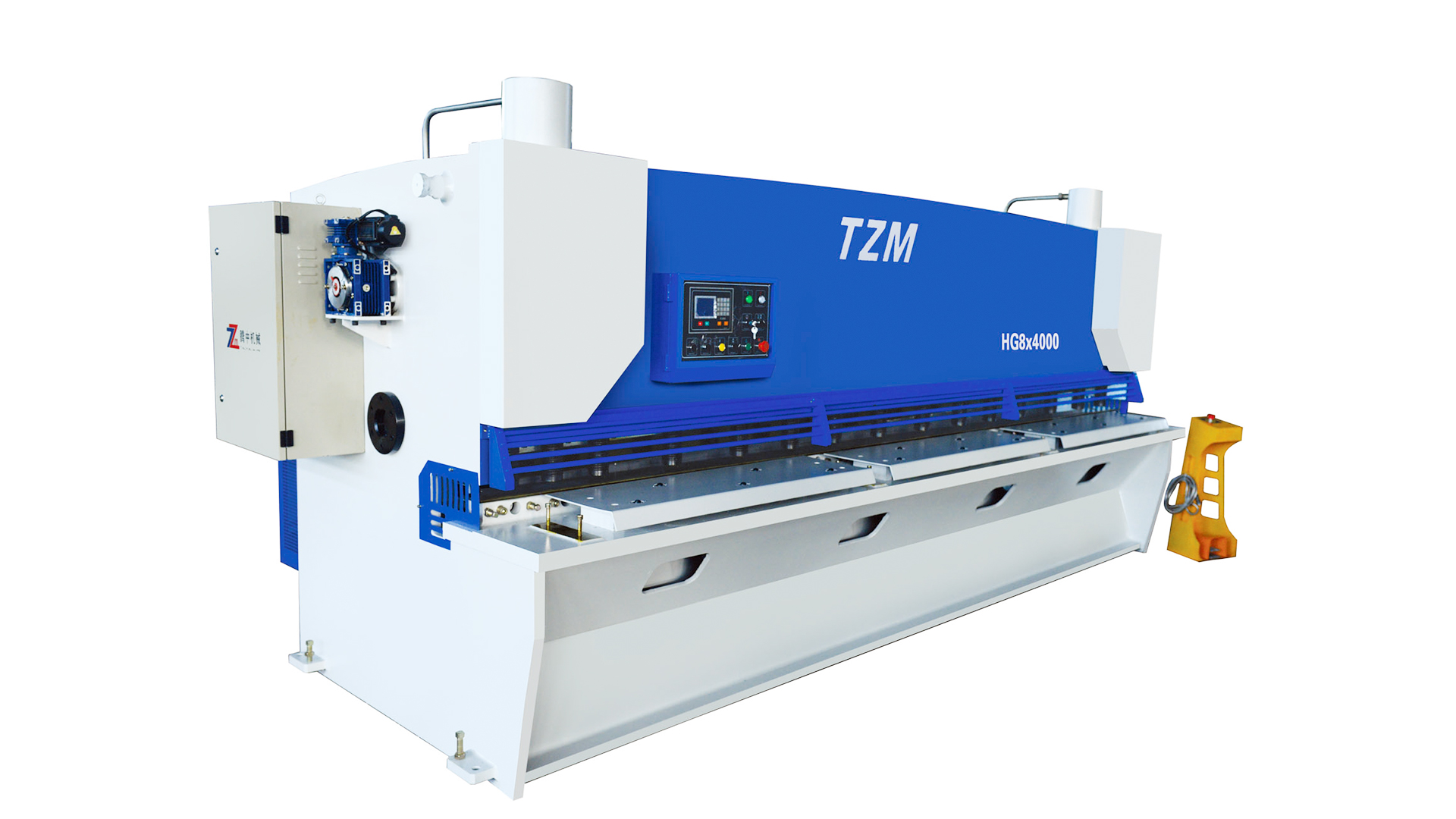Roll adjustment skills for four-roller plate rolling machine rolling conical size head
2025-01-18
When rolling a conical head, the roller adjustment skills of the four-roller plate rolling machine are directly related to the quality and production efficiency of the product. In this article, Nantong Chuangtu will explore in depth the skills of using hydraulic cylinders to push the rollers to move to adjust the taper, and introduce the application of CNC systems in accurately adjusting the taper.
The four-roller plate rolling machine realizes the bending and rolling of metal sheets through the synergistic action of four rollers. When rolling a conical head, the key is to adjust the relative position between the rollers on both sides (i.e., the upper roller and the lower roller) to form the required taper. The hydraulic cylinder, as a power source, realizes this adjustment process by pushing the rollers to move.
In actual operation, the stroke of the hydraulic cylinder is usually adjusted by adjusting the limit switch or sensor. These devices can monitor the moving distance of the rollers and send a signal to stop the action of the hydraulic cylinder when the preset position is reached. The pressure adjustment is usually achieved by adjusting the output pressure of the hydraulic pump or installing a pressure reducing valve. By accurately controlling these two parameters, it can be ensured that the rollers move to the predetermined position to form the required taper.

In addition, the position and movement trajectory of the roller can be accurately controlled by the CNC system to achieve rolling with different tapers.
The CNC system is usually composed of a computer, a controller and an actuator. When the four-roller plate rolling machine rolls the cone, the CNC system automatically calculates the position and movement of the roller by receiving the input parameters (such as taper, plate thickness, etc.), and issues instructions to the actuator (such as hydraulic cylinder and proportional valve) for adjustment. The entire adjustment process is automated and intelligent, greatly improving production efficiency and product quality.
The CNC system also has the advantages of easy operation, fast adjustment speed and high adjustment accuracy. By programming and controlling the parameters of the CNC system, the taper can be accurately adjusted, and no manual intervention is required during the adjustment process, which greatly reduces the difficulty of operation and labor intensity. At the same time, it also has powerful data storage and traceability functions, which can record the parameters and results of each adjustment, providing reference and basis for subsequent production.
By using the hydraulic cylinder to push the roller to move and the CNC system to accurately control the roller position, the taper can be accurately adjusted and high-efficiency production can be achieved. However, these methods are also accompanied by certain costs and technical requirements. Therefore, when choosing a taper adjustment method, it is necessary to comprehensively consider factors such as production requirements, cost budget, and technical level. By continuously optimizing and adjusting the taper adjustment method, we can provide more efficient, precise, and reliable solutions for the metal processing industry.

 English
English русский
русский Français
Français Español
Español Português
Português عربى
عربى









